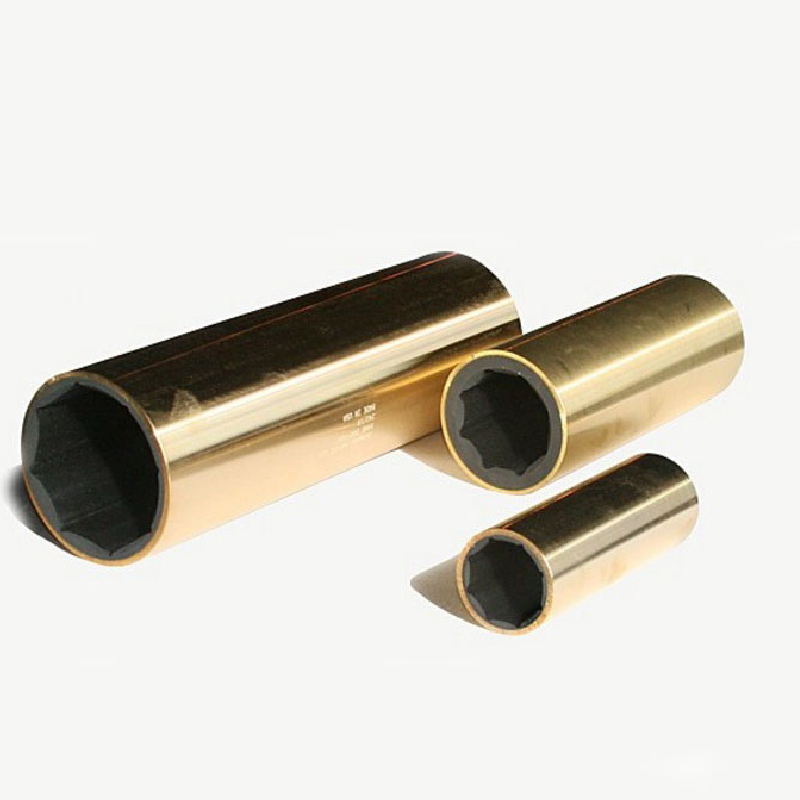oil seal 20x32x6
Understanding Oil Seals A Detailed Look at the 20x32x6 Specification
Oil seals, also known as shaft seals or rotary seals, are crucial components in various machinery and equipment. They play an essential role in preventing the leakage of lubricants and the ingress of contaminants, ensuring the smooth operation of engines, gearboxes, and other rotating assemblies. One commonly used specification is the 20x32x6 oil seal, which refers to the seal’s dimensions a 20mm inner diameter, a 32mm outer diameter, and a 6mm width.
Importance of Oil Seals
The primary function of an oil seal is to minimize fluid leakage. In machinery that utilizes lubricants or hydraulic fluids, any loss of these essential substances can lead to increased friction, overheating, and ultimately, mechanical failure. The 20x32x6 oil seal effectively holds the lubricant in place, protecting vital components from damage.
Design and Materials
Oil seals are designed with a flexible lip that forms a tight seal against the shaft. The lip design can vary based on application requirements, with some seals featuring a double-lip configuration for enhanced sealing performance. Materials used in manufacturing oil seals include rubber, silicone, and various elastomers, each chosen based on temperature, chemical compatibility, and physical strength requirements.
The 20x32x6 oil seal typically utilizes nitrile rubber (NBR) for its balance of flexibility, cost-effectiveness, and resilience against petroleum-based fluids. However, for applications exposed to extreme temperatures or specific chemicals, other materials like fluorocarbon (FKM) or polyurethane may be more suitable.
oil seal 20x32x6

Applications
The 20x32x6 oil seal is versatile and widely utilized in several applications. Its dimensions make it appropriate for automotive, industrial, and agricultural machinery. In vehicles, it is often found in wheel hubs, engine crankshafts, and transmission assemblies, sealing critical components to maintain performance and extend service life.
In industrial contexts, oil seals are used in pumps, electric motors, and conveyor systems. The robust design of the 20x32x6 oil seal allows it to withstand the demanding environments of factories and workshops, where exposure to dust, moisture, and varying temperatures are common.
Installation and Maintenance
Correct installation is vital for the effectiveness of oil seals. The sealing surface must be clean and free of debris to ensure a proper bond. Over-tightening can deform the seal and lead to premature failure, while under-tightening can cause leaks. Regular maintenance checks can help identify wear or damage to seals, preventing larger issues down the line.
Conclusion
The 20x32x6 oil seal is a critical yet often overlooked component in numerous mechanical systems. Understanding its dimensions, design, applications, and maintenance can help users make informed decisions when selecting seals for their equipment. By ensuring the integrity of oil seals, machinery can operate efficiently and reliably, ultimately leading to longer service life and reduced operational costs. Whether in automotive or industrial applications, proper care of these seals is essential for optimal performance.
-
Understanding Different Types of Oil Drain Plugs: A Comprehensive Guide
News Jun.27,2025
-
The Role of Nylon Washers in Oil Drain Maintenance: A Practical Guide
News Jun.27,2025
-
The Essential Guide to Drain Plug Washers: Types, Uses, and Best Practices
News Jun.27,2025
-
Everything You Need to Know About Washer and Plug Sealing: Polaris-Specific and General Tips
News Jun.27,2025
-
A Comprehensive Guide to Different Types of Oil Drain Plugs for Efficient Maintenance
News Jun.27,2025
-
A Complete Guide to Oil Drain Plug Washers: Tridon and Euro Car Parts Solutions
News Jun.27,2025
-
Understanding Oil Drain Plugs: Types, Issues, and Replacements
News Jun.26,2025
Products categories















